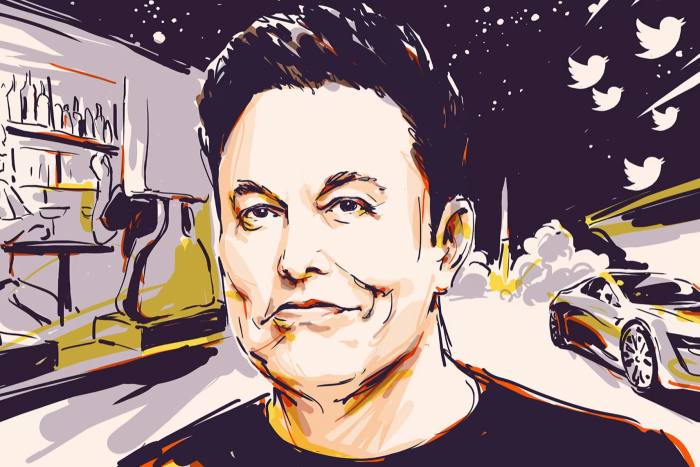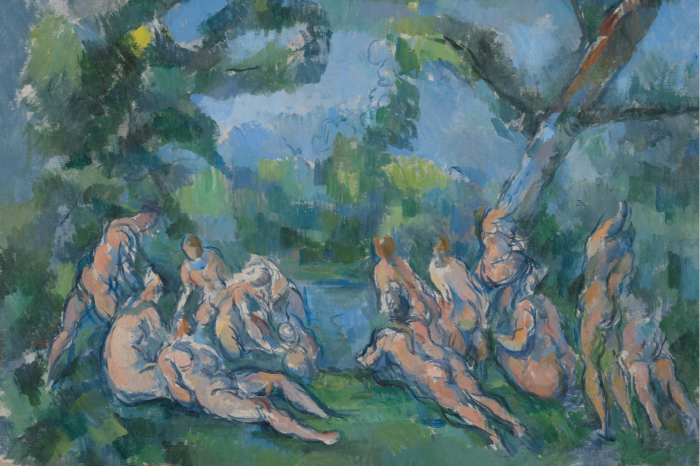
One revelation of living in Los Angeles for a period was the beauty of smog. It softens and diffuses sunlight, so that a view of the city from a Silver Lake terrace or a Koreatown rooftop is more Impressionist painting than photograph. How I willed the traffic on Interstate 10 to keep the foul particulates coming.
I have never been behind a steering wheel, not even for a driving lesson. My interest in cars doesn’t go beyond noting their ever more generic design. (What do manufacturers have against right angles?) I fit the profile of someone who would support bike lanes and pedestrian supremacy: the world as Copenhagen. Why, then, don’t I? The Monet effect of smog in southern California can’t explain so fierce a hope that cars survive across the urbanised world.
It took the lockdown to call to my attention how much of a city’s energy is made up of traffic. The ambient noise, the compression of space, even the trace element of danger: it all contributes to the tempest. Car-less streets work well as enclaves. Let them set the tone of a city, and the effect is inert. Don’t be Houston, a place of depth (and bold cooking) let down by its war on walkers. But don’t be a campus either.
Last month, fighting my prejudice against SW postcodes, I let an architect friend show me the development in and around Battersea power station. That vast upturned pool table is almost magnificent now. The adjacent flats and shops are nice in a glassy way. Green space rolls down to the river. No less an entity than the US government has moved its embassy nearby from grander Mayfair. So why is it so deathly? No through traffic. Few cars at all, in fact. This is a campus. The never-ending regeneration of King’s Cross is a better version of the same problem. Note which companies have headquarters in these sites. Google, Facebook, Apple: members of an industry whose home, or at least cradle, is verdant Santa Clara County.
If a city is not borderline unlivable, I question its greatness. So write me off as a zealot in these things. Just don’t assume the average urban-dweller will enjoy the post-car terrain much more. Don’t assume you will. What people like and dislike about cities are more linked, even codependent, than they realise. From noise and commotion comes that liberating anonymity. From stress comes that sense of being at the centre of things. In August, Bangkok traffic ensured that I was almost two hours late for dinner with an adored novelist. And still the city looks London and Paris in the eye as one of the world’s three most visited. People don’t go for the traffic, no. But they go, in part, for the energy, the round-the-clock roar of the place. And traffic isn’t incidental to that.
It is closer to home that my argument will be tested. Anne Hidalgo’s Paris is making a strategic turn against the car. Perhaps her plan will stay the right side of twee. The risk is that it suggests a city accepting its long-run fate as a more diverse Vienna. There is a kind of urbanism conceived by and for people who might be happier in the country. The journalist Matthew Parris has identified the central feature of it as support for the tram. Bike lanes are another. Planners and developers aim for village ambience. But picture, from Echo Park to Victoria Park, the truest urban villages. How many are car-less?
We have, remember, lived through more than one kind of “energy crisis” in recent years. In the sense of tempo, not fuel, the lockdown drained cities of energy until they were medieval in their silence. It is flattering to attribute the resurgence of the past year to human traffic alone. It is more accurate to give the cars next to us their share of the due. Lamb’s Conduit Street is a jewel. A whole downtown like it would feel static and eerie. As general secretary of the Union of Flâneurs and Flâneuses, take it from me that traffic is part of the sensory hit of a city walk. Given the misery of the urban driver, I get more out of the car than they do.
Best of FT Weekend
LUNCH WITH THE FT: ELON MUSK

The Tesla chief talks to FT editor Roula Khalaf about moving to Mars and saving free speech
Cézanne — Tate Modern’s blockbuster

Jackie Wullschläger on how the artist shaped the creation story of modern art
Find out about our latest stories first — follow @ftweekend on Twitter

